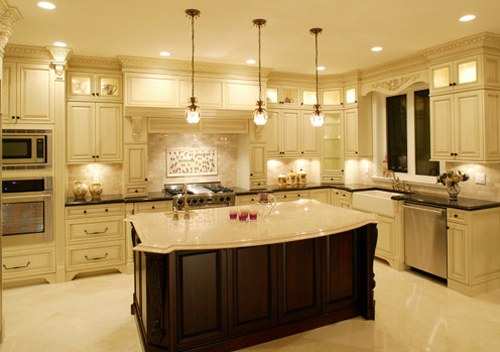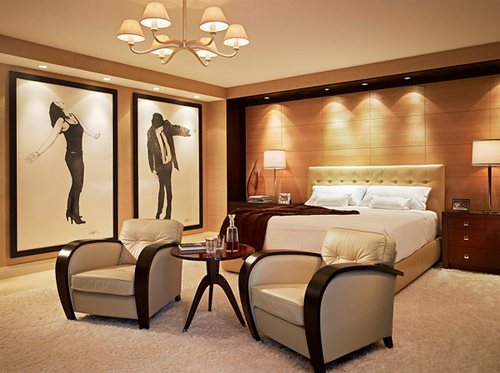A well-planned lighting design is the most fundamental design element of any home. Beautiful lighting can make even the simplest spaces appear welcoming and interesting. Poor lighting can make an expensive, beautiful home feel uncomfortable and unattractive. So what’s the key to achieving a flattering ambience while still having enough light see what you are doing?
Think layers. Layered clothing may come and go from fashion trends but layered lighting is definitely, always in. Washing a room with layers of light creates dynamic, visually intriguing spaces while avoiding eye strain and saving on energy bills.
Ambient
The first layer to consider is ambient light. This layer provides the general illumination in a room. Ambient light should never feel harsh but should flood the space with balanced light.

Accent
While ambient lighting can be bland, the accent layer creates visual style and makes a room more interesting. Accent lights are targeted to particular objects in a room, enhancing architectural features or highlighting decorative objects. The accent layer creates shadows and adds depth.
Task
Task lighting is the most intense light layer in the room, intended to provide enough light for tasks like reading and cooking.

Bulbs are an important consideration in your light design. People generally work better in a cooler white light during the day but prefer a warmer incandescent at night. This is measured in a degrees Kelvin.

The ability of a light source to realistically display color is measured by the color rendering index (CRI). A light source with a high CRI will display bright, crisp colors while a low CRI displays murky colors.
Remember to incorporate dimmers and multiple switches into your lighting plan. They provide flexibility, allow you to create different moods, and save energy.
How do you present your home in the best light?

